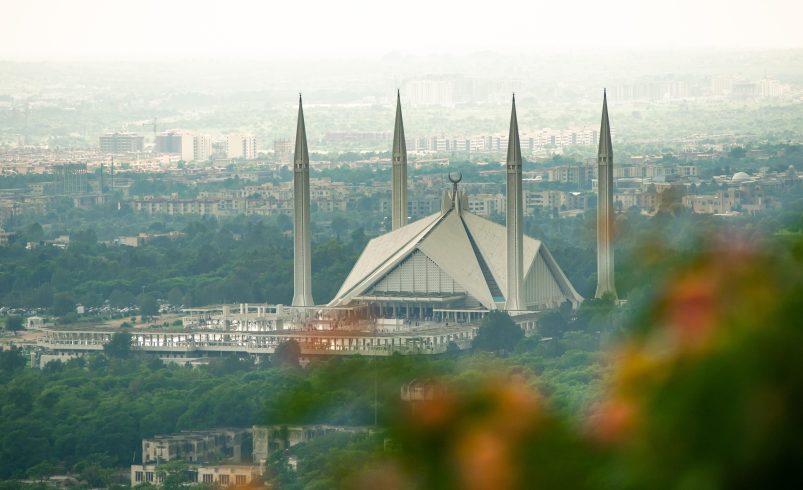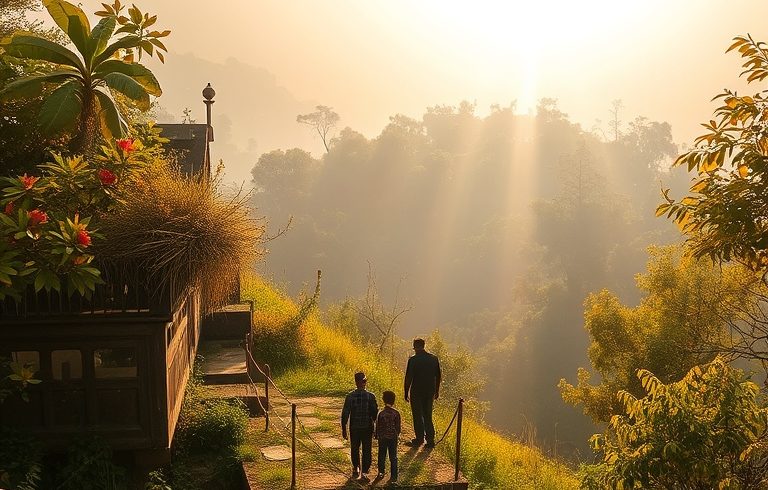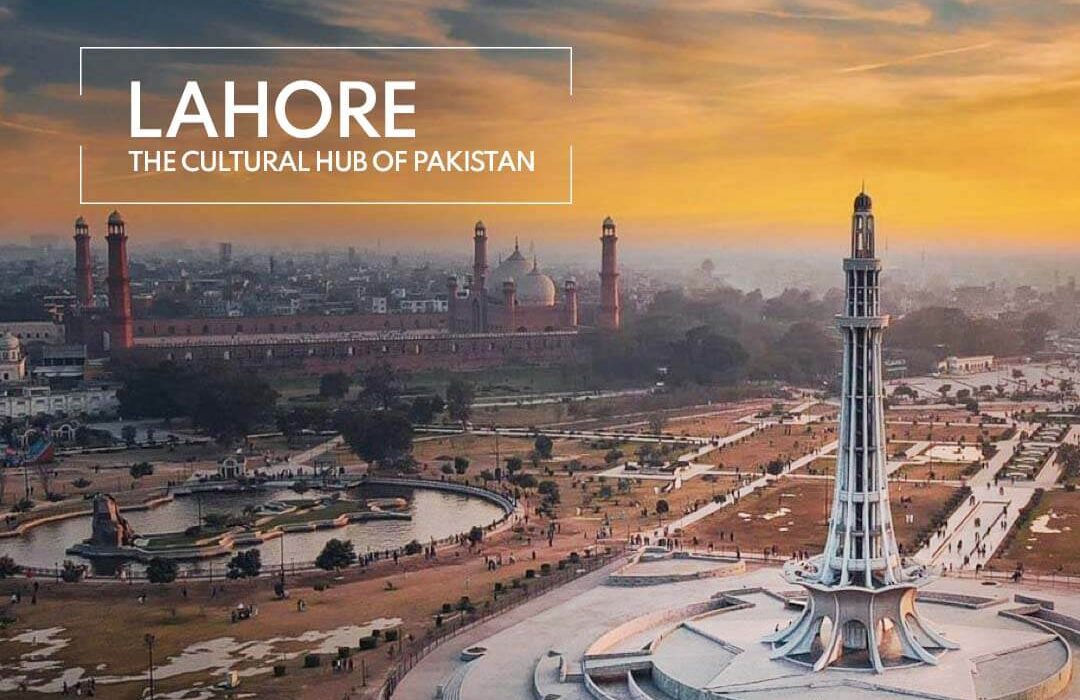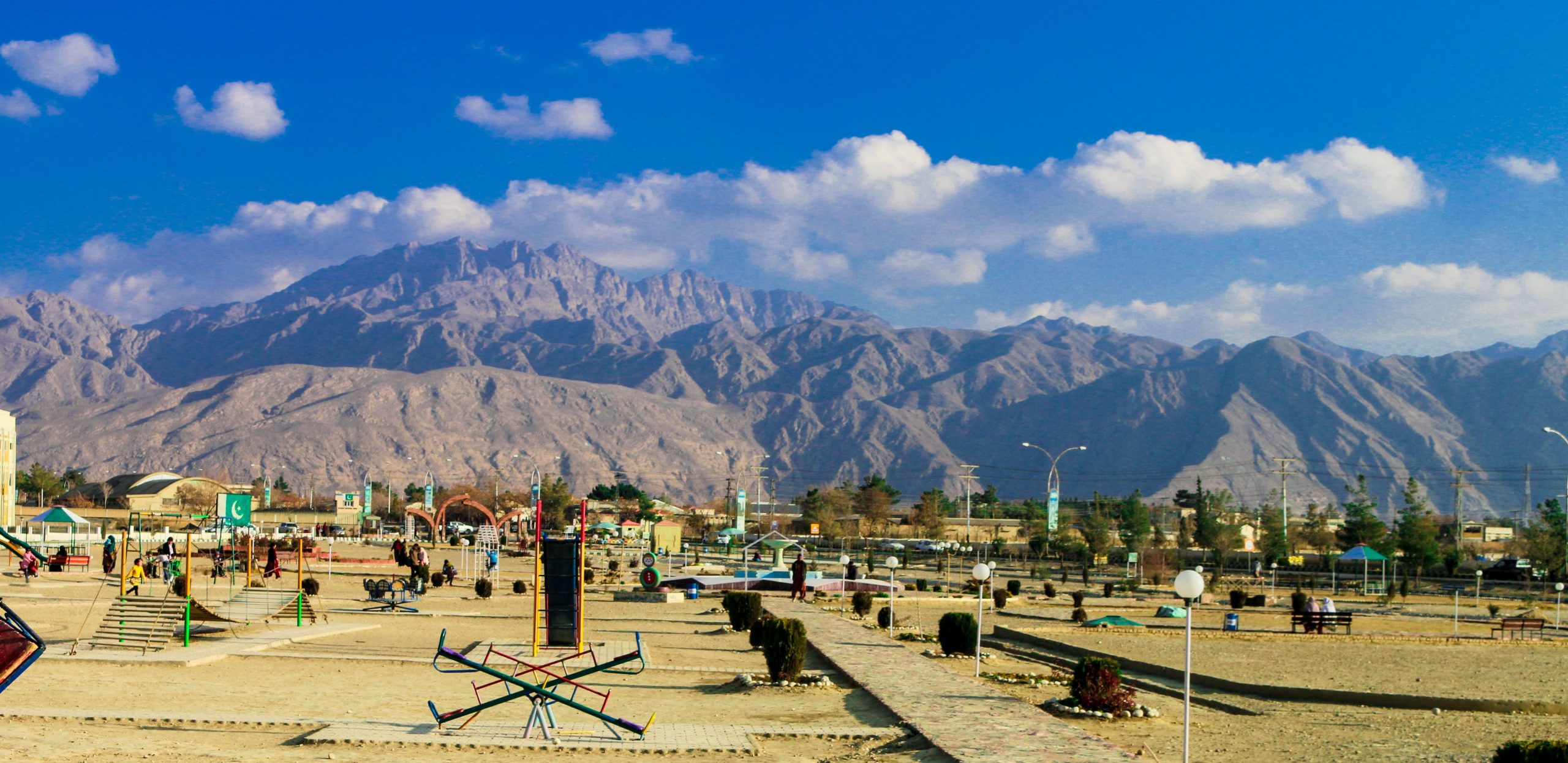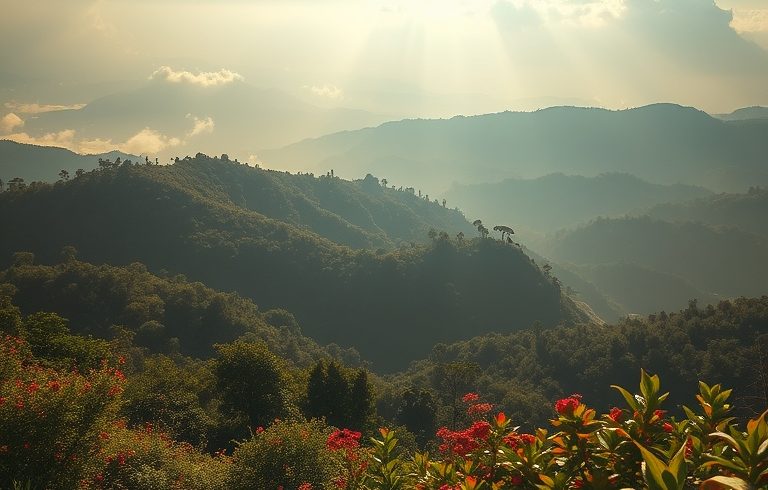
- January 12, 2025
Balochistan, the largest province of Pakistan, is a land of great natural beauty, rich history, and a unique cultural identity. With its rugged terrain, mountainous landscapes, and extensive coastline, Balochistan remains one of the least explored but most fascinating regions in South Asia.
1. What Is Balochistan Famous For?
Balochistan is known for its vast landscapes, including the Makran Coast, the Kharan Desert, and the Zhob Valley. The province is famous for its rich natural resources, which include coal, natural gas, and mineral deposits. Its coastline, stretching along the Arabian Sea, offers stunning beaches such as Ormara and Gwadar, the latter being a strategic port and a hub of development under the China-Pakistan Economic Corridor (CPEC) project.
Additionally, Balochistan is known for its Balochi culture, which includes traditional music, dance, and unique clothing. The region’s historical significance as part of the ancient Persian Empire and its strategic location between Central Asia, the Middle East, and South Asia make it an area of immense geopolitical importance.
2. What Are the Best Places to Visit in Balochistan?
Balochistan offers a range of scenic and historical places to visit, perfect for adventurers and culture enthusiasts. Some of the top attractions include:
- Gwadar Port: A thriving deep-sea port that is vital for Pakistan’s economic future. The surrounding beaches, such as Ormara and Hammerhead, are stunning and relatively untouched by mass tourism.
- Hingol National Park: A vast wildlife sanctuary home to unique animals like the Balochistan bear and a variety of bird species. The park also features geological formations like the Princess of Hope, a famous rock sculpture.
- Quetta: The provincial capital, known for its cool climate, historic sites, and vibrant bazaars. The Hazarganji-Chiltan National Park near Quetta is also a great place for hiking and wildlife observation.
- Mastung: Famous for its Tomb of the Sufi saint Shah Noorani, it’s a peaceful place that blends natural beauty with historical significance.
- Ziarat: Known for the Ziarat Residency, where Quaid-e-Azam Muhammad Ali Jinnah spent his last days, it’s a popular tourist destination due to its scenic beauty and historical importance.
- Koh-i-Maran: A hilltop area offering panoramic views of the surrounding valleys, perfect for hiking.
These places, along with the province’s expansive natural reserves, make Balochistan a hidden gem for travelers seeking adventure and culture.
3. What Is the Climate Like in Balochistan?
Balochistan experiences an arid climate with extremes in both heat and cold:
- Summer (May to August): The weather is extremely hot, with temperatures often exceeding 40°C (104°F) in the southern and central parts of the province, especially in Quetta and Kalat.
- Winter (December to February): Winters in Balochistan are cold, especially in the mountainous regions. Temperatures can drop below freezing in areas like Quetta, which is known for its chilly winters.
- Monsoon (July to September): Rainfall is sparse, but occasional monsoon showers bring relief during the summer months. However, the southern regions along the coast are less affected by the monsoon rains compared to the northern and central areas.
The climate varies significantly depending on the altitude, with coastal areas being more temperate and the central and northern regions experiencing more extreme weather conditions.
4. What Are the Main Languages Spoken in Balochistan?
Balochistan is a linguistically diverse region, with several languages spoken by the indigenous populations. The main languages include:
- Balochi: The most widely spoken language, used by the majority of the population. It is part of the Iranian branch of the Indo-Iranian languages.
- Pashto: Spoken by many in the northern parts of Balochistan, especially in Quetta.
- Urdu: The national language, understood and spoken by many, especially in urban areas.
- Sindhi: Spoken by some communities, especially near the border areas with Sindh province.
This linguistic diversity reflects the region’s historical connections to various tribes and ethnic groups.
5. What Is the Cuisine of Balochistan Like?
Balochistan’s cuisine is hearty and flavorful, with an emphasis on meat, bread, and rice. Some of the most popular dishes include:
- Sajji: A traditional Balochi dish made from whole stuffed lamb or chicken, marinated with spices, and slow-cooked to perfection.
- Kaak: A type of flatbread, often served with various stews and meats.
- Balochi Pilaf: A rich rice dish cooked with meat, usually mutton, and spices, making it a filling and flavorful meal.
- Kebabs: Balochistan is known for its grilled meats, including Chapli Kebabs, made from minced meat and spices.
- Chai: Traditional Balochi tea, often served with bread or sweets.
The food is characterized by the use of spices, herbs, and slow-cooking techniques, which makes it rich in flavor and perfect for the province’s rugged lifestyle.
6. Is Balochistan Safe for Tourists?
Balochistan is a beautiful yet complex region with security challenges in certain areas. While places like Quetta, Gwadar, and Ziarat are generally safe for tourists, some parts of the province, particularly in the border regions near Afghanistan and Iran, may experience unrest due to geopolitical tensions.
- Safety Tips: It’s essential to check travel advisories and stay updated on local security situations. It is also recommended to travel with a local guide and avoid remote areas without sufficient knowledge of the region’s safety conditions.
Overall, Balochistan remains a relatively safe destination for tourists in well-known and controlled areas like Gwadar, Quetta, and Hingol National Park.
7. What Are the Major Economic Activities in Balochistan?
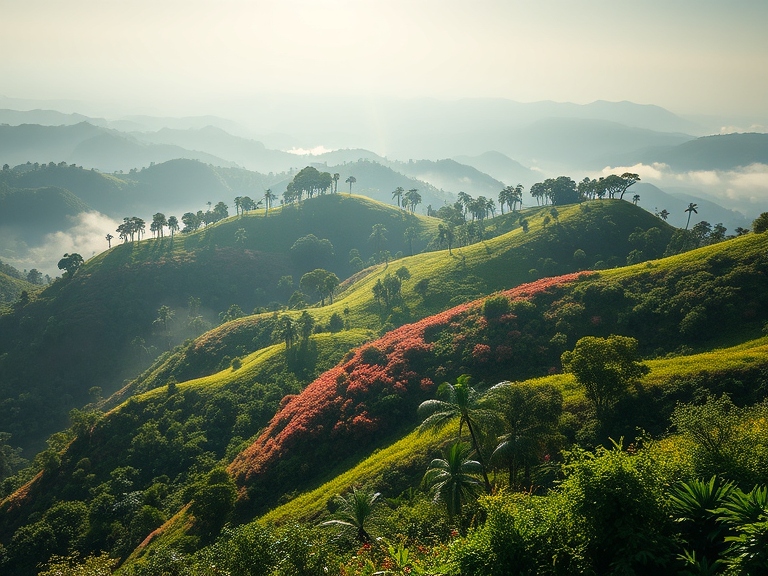
Balochistan is rich in natural resources, and its economy is primarily based on:
- Agriculture: Wheat, rice, and fruits like dates, pomegranates, and citrus are cultivated extensively. The region is also famous for its livestock, especially camels and sheep.
- Mining: The province is home to vast mineral resources, including coal, copper, and natural gas. Mining and extraction of these resources form a significant part of the provincial economy.
- Fishing: With its long coastline along the Arabian Sea, Balochistan’s fishing industry plays a crucial role in the local economy, especially in cities like Gwadar and Pasni.
- Trade: Gwadar’s deep-sea port is a key strategic point for trade and has become increasingly important as part of the China-Pakistan Economic Corridor (CPEC). The province’s economic ties with Iran and Afghanistan also facilitate cross-border trade.
The development of Gwadar port is expected to boost economic activity, transforming the region into a major trade hub.
8. What Are the Traditional Arts and Crafts of Balochistan?
Balochistan is home to a variety of traditional arts and crafts that reflect its rich cultural heritage:
- Balochi Embroidery: Known for its intricate and colorful designs, Balochi embroidery is used to decorate clothing, especially women’s dresses and accessories.
- Carpet Weaving: Balochi carpets and rugs are prized for their vibrant colors and traditional patterns, often depicting local landscapes and folklore.
- Metalwork: The region has a long history of metalworking, with crafts such as silver jewelry, decorative weapons, and handmade tools being important in Baloch culture.
- Pottery and Clayworks: Traditional pottery and clay items are commonly used for daily life and ceremonial purposes in Baloch households.
These arts and crafts are not just functional but also represent the deep cultural identity of the Baloch people.
9. What Are the Transportation Options in Balochistan?
Due to its vast size and rugged terrain, Balochistan has a variety of transportation options:
- Road Transport: Major highways connect cities like Quetta, Gwadar, and Lahore, but the road network can be challenging in remote areas.
- Railway: The Pakistan Railways system connects Quetta to other major cities, though train travel may not always be as convenient as road transport.
- Air Travel: Quetta and Gwadar have airports with domestic flights connecting to major cities like Karachi, Lahore, and Islamabad.
- Public Transport: Local buses and taxis are available, especially in urban centers, but they may not always be reliable in rural areas.
For tourists, it’s best to rely on private transport or local guides for exploring more remote areas.
10. What Is the History of Balochistan?
Balochistan has a rich and complex history, dating back to ancient times. The region was part of the Persian Empire and was home to various nomadic tribes long before it became part of modern-day Pakistan. Some historical milestones include:
- The Baloch Empire: The Baloch people have a long history of establishing empires and kingdoms, particularly in the 16th and 17th centuries.
- British Era: During the British colonial rule, Balochistan was divided between British India and Persia. The British established a protectorate in the region, which later became part of Pakistan after independence.
- Post-independence: Since the creation of Pakistan in 1947, Balochistan has experienced periods of political unrest, particularly due to demands for greater autonomy and control over the province’s resources.
Balochistan’s history reflects the cultural, political, and strategic significance of the region.
Conclusion
Balochistan is a province that offers both challenges and extraordinary beauty. With its stunning landscapes, diverse culture, and natural resources, Balochistan is a region full of untapped potential. Whether you are interested in its rich history, traditional crafts, delicious cuisine, or the strategic importance of Gwadar, this province offers something for everyone.
However, Balochistan’s remoteness, combined with security concerns in some areas, means it remains an undiscovered gem for many. But for those who are adventurous and well-prepared, it promises a journey unlike any other into the heart of a region that has played a crucial role in South Asia’s history and will continue to shape its future.


